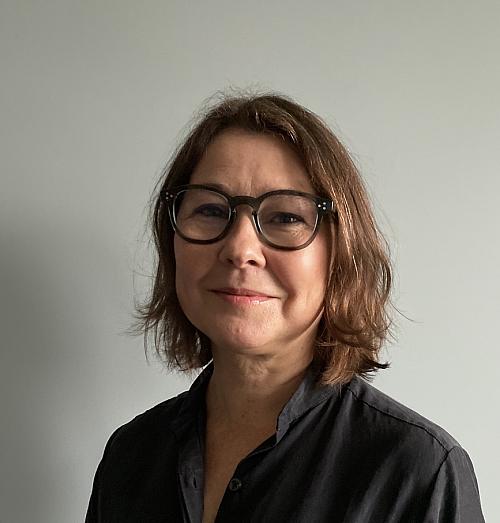Understanding the relationships connecting everyday life, care, and the physical environment in nursing homes – a new collaborative framework
Facts
Collaborative Partners: Marge Arkitekter, LAND arkitektur and Länsgården fastigheter
Project duration: 2022- 2026
Researchers:
Lena Rosenberg, principal investigator
Karin Johansson, co-researcher (Karolinska Institutet)
Anna Brorsson, co-researcher (Karolinska Institutet)
Manuel Guerrero, co-researcher (Uppsala University)
Sophie Gaber, co-researcher (Jönköping University)
Financier: FORTE - Research Council for Health, Working Life and Welfare
The project aims to develop knowledge about the essential qualities that make nursing homes places where older adults can live a good life. It is conducted as a collaboration between researchers, architects, landscape architects, and planners, with the ambition of developing knowledge that takes into account the complexity of everyday life in nursing homes for older adults.
Purpose of the study
Previous research has examined care, daily life, and the physical environment in nursing homes, but knowledge is lacking about how these aspects interact in everyday life. This project builds on earlier research from the research group on how the environment can support participation and a sense of home in nursing homes for older adults. In a previous project, four environmental qualities were identified that support belonging and a sense of home for residents. This project seeks to further develop the understanding of how the physical environment (both indoor and outdoor spaces) can promote these values, based on the previously identified qualities.
The project particularly focuses on the consequences of nursing home design for residents, staff, and relatives. The aim is to create a deeper understanding of the relationships between care, the physical environment, and everyday life in nursing homes. More specifically, the project aims to develop a guiding framework that can be used in the planning and design of nursing homes for older adults. The following research questions will guide the study:
- How can the physical environment in nursing homes (indoor and outdoor spaces) promote belonging and a sense of home?
- How is the environment in nursing homes used, (re)shaped, and experienced by residents, staff, and relatives, compared to the intentions of planners, architects, and landscape architects?
- How can the knowledge generated in the project be developed into a guiding framework for the design of nursing homes for older adults?
Material and method
The project follows an overarching ethnographic and participatory approach. Data consists of field notes from observations, photographs, and interviews. Additionally, architectural drawings and other materials from architects, landscape architects, and planners serve as data. The scientific methods used in the project are chosen to capture the complexity of nursing home settings with high scientific quality. They build on previous research that has demonstrated the benefits of integrating different perspectives in the planning and design of buildings for care. This involves the participation of professionals (in care, architecture, landscape architecture, planning, and development) as well as nursing home residents, their significant others, and staff.
Publications
Ramel, S., Björn, L., Wegelin Elenius, A., Orvesten, A., & Doms, C. (2025). Gestaltade kvaliteter i vård och omsorgsboenden. ARQ Rapport 11-2023. https://arqforsk.se/112023-gestaltade-kvaliteer-i-vard-och-omsorgsboenden/
Scientific publications
Johansson, K., Borell, L., & Rosenberg, L. (2022). Qualities of the environment that support a sense of home and belonging in nursing homes for older people. Ageing and Society, 42(1), 157-178. DOI: https://doi.org/10.1017/S0144686X20000896
Gaber, S.N., Guerrero, M., & Rosenberg, L. (2024). Participatory research approaches in long-term care facilities for older adults: a meta-ethnography. International Journal of Qualitative Studies on Health and Well-being, 19(1), 2431449. DOI: 10.1080/17482631.2024.2431449
Contact person
- School of Health and Welfare
- +46 36-10 1395

